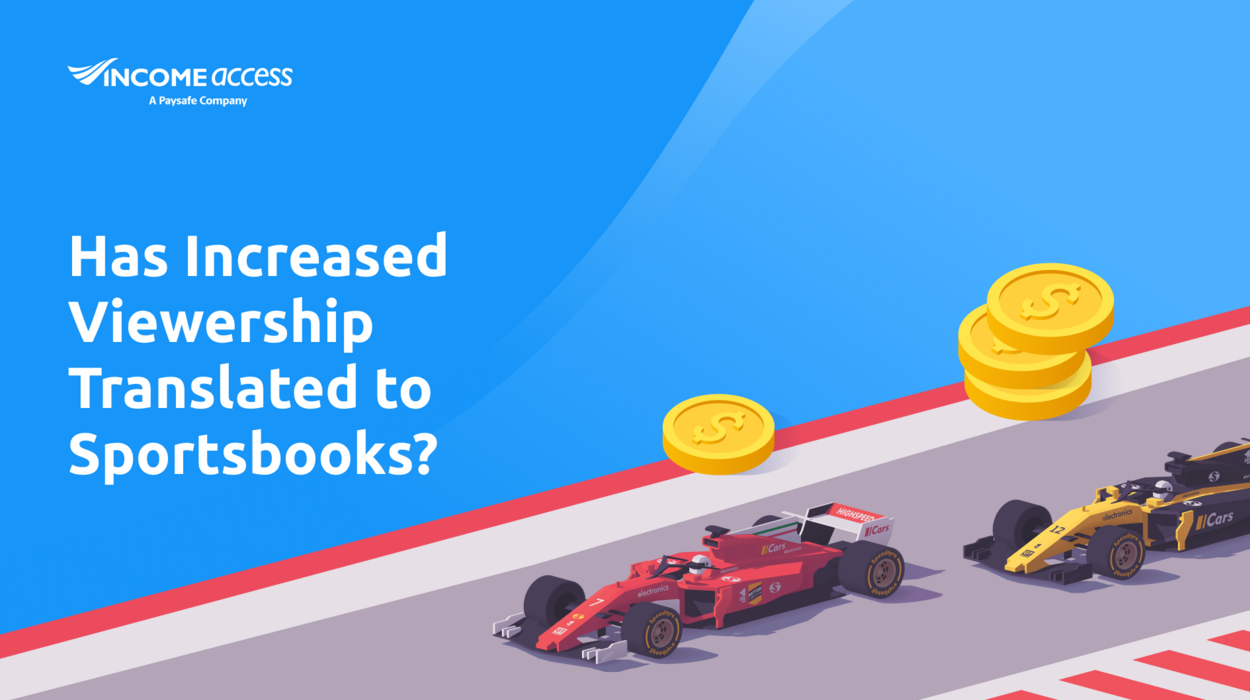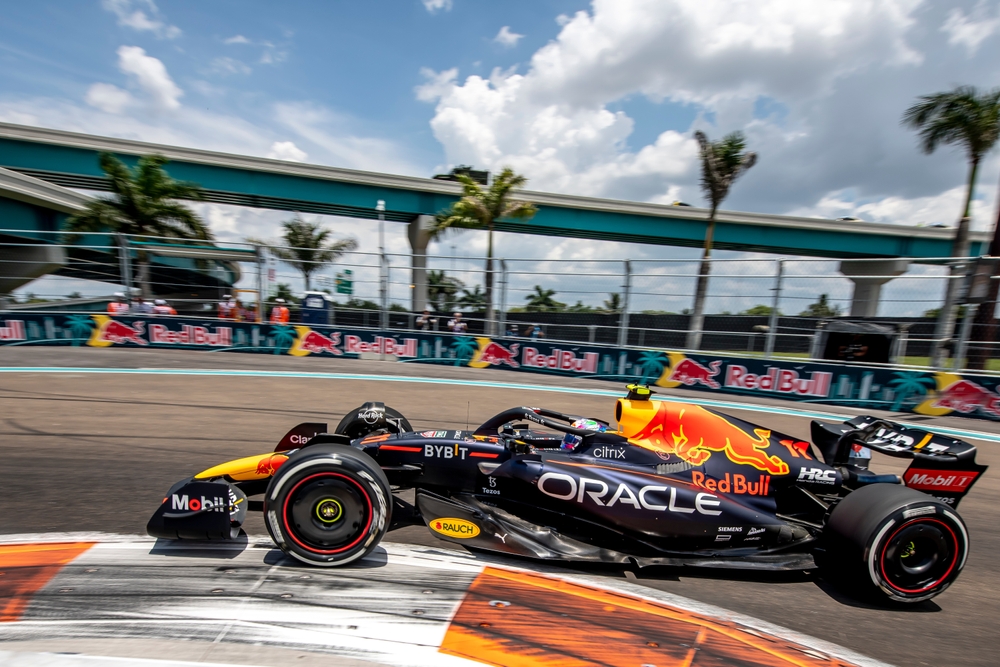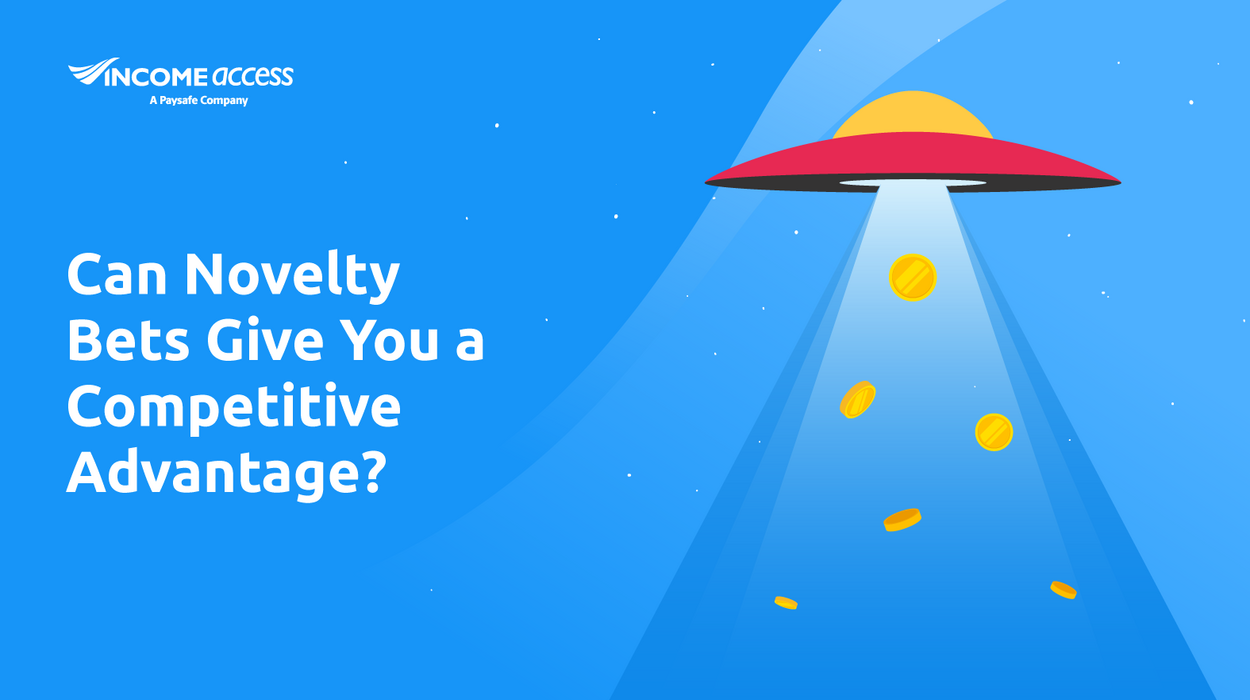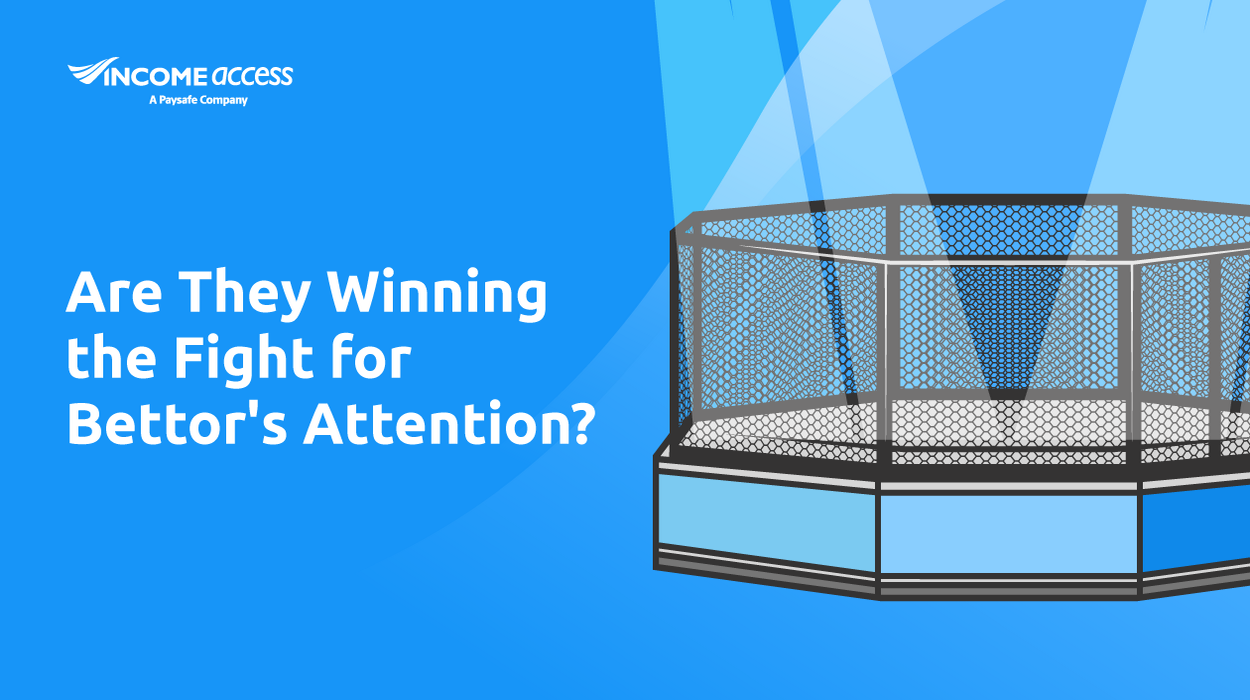
Founded back in 1950, Formula One (F1) is one of the most popular racing circuits worldwide, providing some of the most exciting moments in sports history. Rivalries like Hunt v Lauda, Prost v Senna and Schumacher v Häkkinen have provided thrilling moments and those exciting rivalries continue today. Just last season, Lewis Hamilton and Max Verstappen had a tight race for last year’s title that ultimately ended with Verstappen winning in controversy but had fans on the edge of their seat.
All these exciting moments must have translated well to the iGaming world, right? Not exactly. This article breaks down how F1 has fared in the iGaming industry and what operators should look to emphasize when promoting these exhilarating races.
Analysis of F1 iGaming Market
F1 has a long-established history in the sports world but seemed to hit a bit of a lull over the last decade with diminished viewership. Luckily for them, that turned around post-pandemic, as The Guardian estimates they added an additional 73 million fans last year across a variety of markets. Many point to the success of Netflix’s Drive to Survive, which helped reignite interest in the sport for North Americans. The documentary gives viewers an unprecedented view of the sport, creating a personal connection with the audience that cheer on these racers each weekend.Last year in the US, viewership was up 40% from the previous one. Just last month in May, the largest U.S. audience ever for a live F1 telecast was recorded for the Miami Grand Prix, according to The Athletic. They averaged 2.6 million viewers, which easily toppled their old record from 1995. Despite the increase in viewership, sports betting on F1 hasn’t seen as strong as an increase, particularly in the US. When Grand View Research put together their projections for the sports betting market, they included detailed data on six individual sports, then included the sports that hadn’t earned a relevant enough share in their ‘other’ category, where unfortunately F1 resides as one with a smaller betting market size.
Despite the increase in viewership, sports betting on F1 hasn’t seen as strong as an increase, particularly in the US. When Grand View Research put together their projections for the sports betting market, they included detailed data on six individual sports, then included the sports that hadn’t earned a relevant enough share in their ‘other’ category, where unfortunately F1 resides as one with a smaller betting market size.
One of the reasons for this is that F1 teams have been hesitant to share data with users to protect their competitive advantages, which leads to fans having less info to make informed betting choices. While this slowed their growth, things have been progressing on this front. In 2018, a deal made with Sportradar and ISG has led to the development of live betting on the sport. F1 has also made partnerships in Asia with 188Bet and in Europe with PokerStars.
What Can They Learn from NASCAR?
NASCAR has taken a different approach than F1, diving into the market quickly and putting a strong focus on the US, which is their main geo. They partnered with Sportradar as well for live betting options, but also reached partnerships with BetMGM, WynnBet, Penn Interactive and Fubo Sportsbook to connect with the growing American iGaming market. The in-race betting for NASCAR has done incredibly well, as last year’s Daytona 500 saw some betting operators take in almost as many wagers as they did on the entire 2020 NASCAR season, according to Joseph Solosky, NASCAR‘s Managing Director of Sports Betting.These exciting developments have led to NASCAR accounting for 2.5% of the total sports betting handle in the US for 2021, up from 1% the year before, according to Speedway Digest. That may seem like a small increase, but it’s a massive one considering the massive scope of the American sports betting market, which Vixio anticipates will grow to over $10 billion by 2025.F1 hasn’t found the same success with the American sports betting market, despite their increase in viewership. By looking into these types of partnerships and offering the kind of in-race betting this market craves, F1 can make ground and generate better results from sport books.
What’s Unique About F1 and Sports Betting
Like Tennis and Golf, F1 needs to focus on their stars and create betting content around that.The Drive to Survive Netflix series has proven that the American market is invested in F1 and their racers, so operators need to focus their efforts there.
Increasing visibility of the sport in sidebars and on the home page of your sportsbook will help, especially during important American races, but having marketing items focused on the racers, and the storylines surrounding them, will help as well.The sport has a lot of different betting options and that should continue to increase as F1’s partnership with Sportradar evolves. They already have begun to offer interesting bets that operators can promote, like a racer’s winning margin or who will be the first racer to retire. On top of those newer bets, F1 also has the benefit of offering simple, easy to market bets like choosing a winner or podium finisher, positing it as an ideal sport for operators.
Read More: Tennis in iGaming: What Stalled its Growth and Where it’s Going


